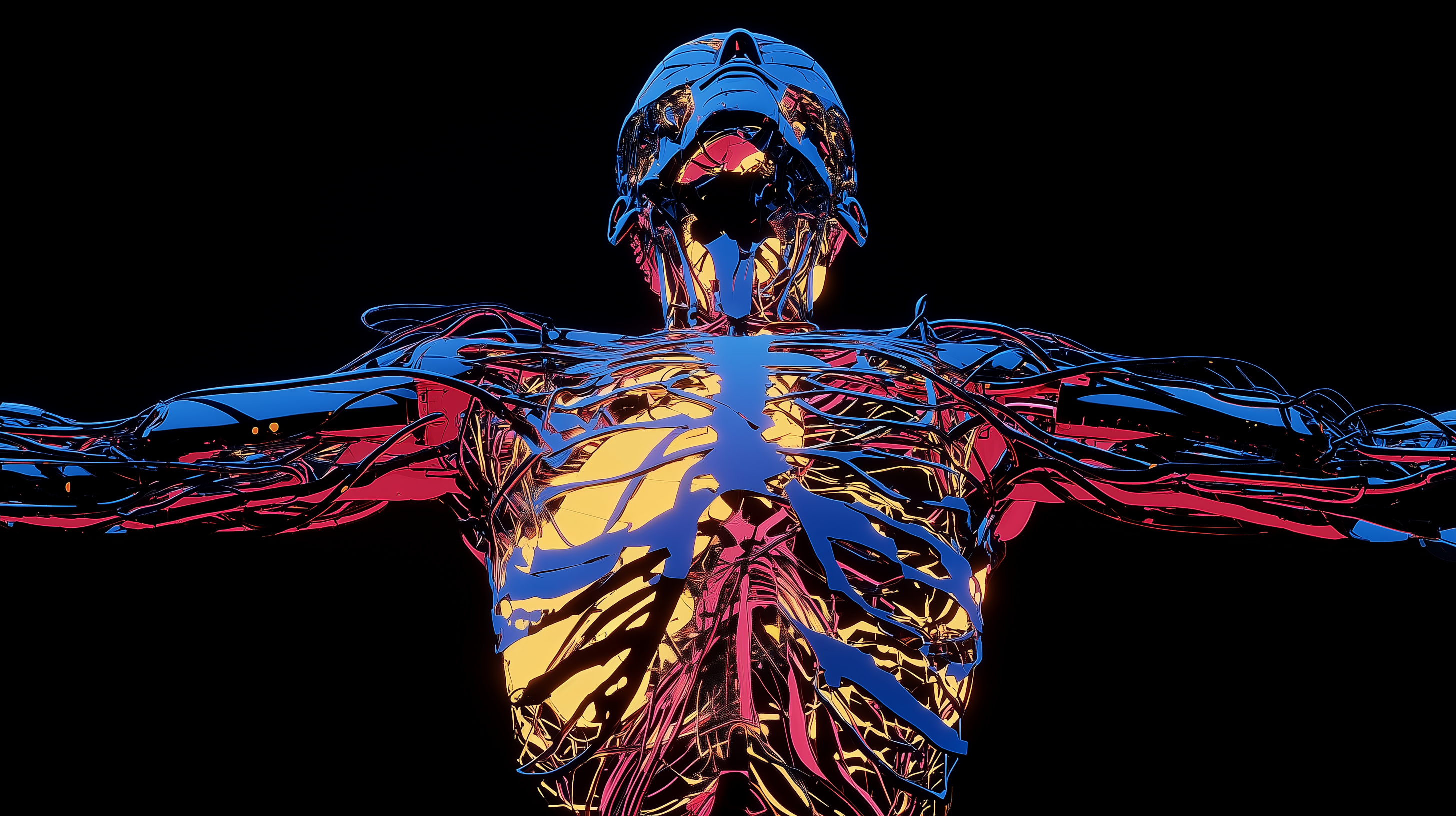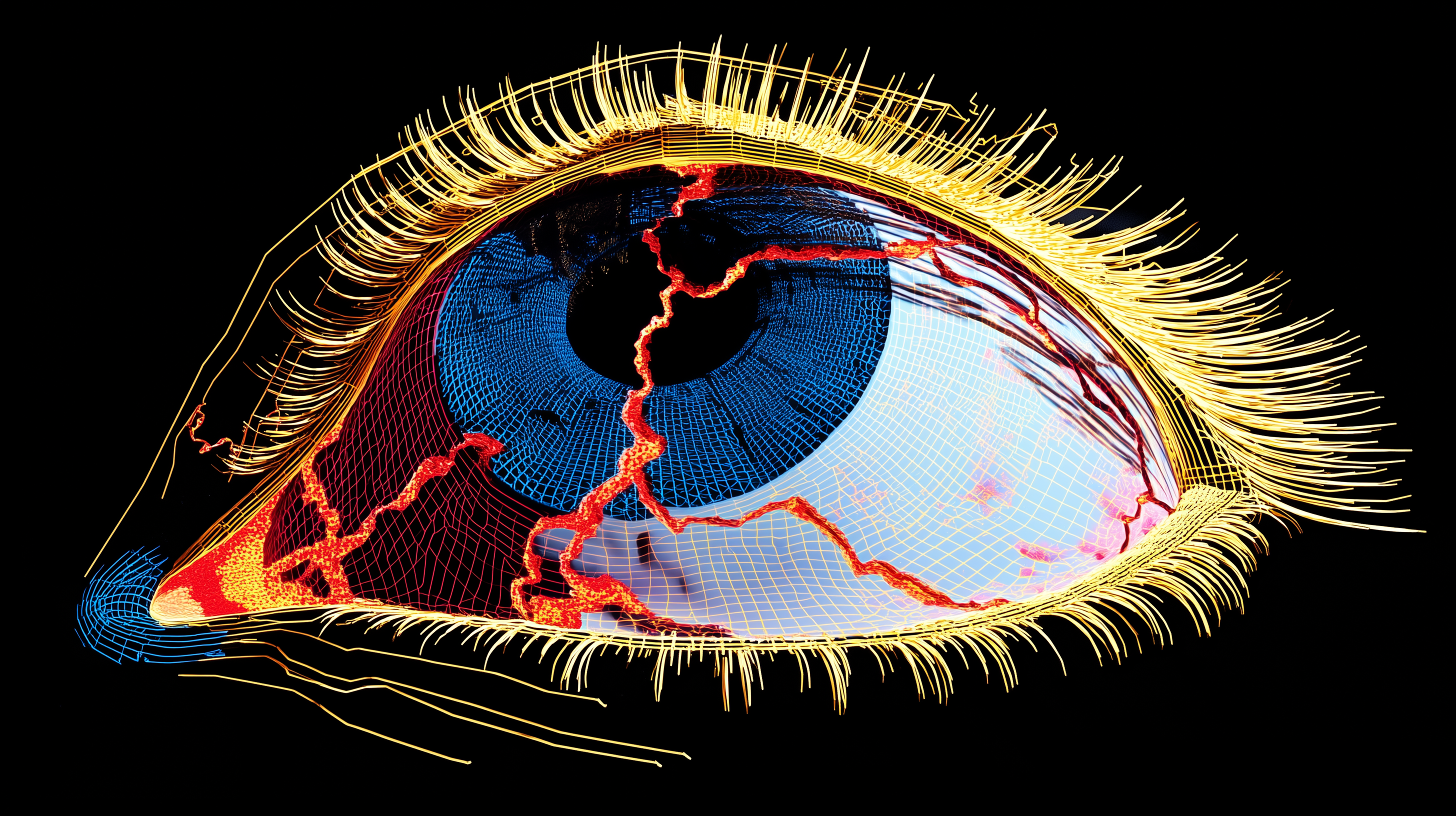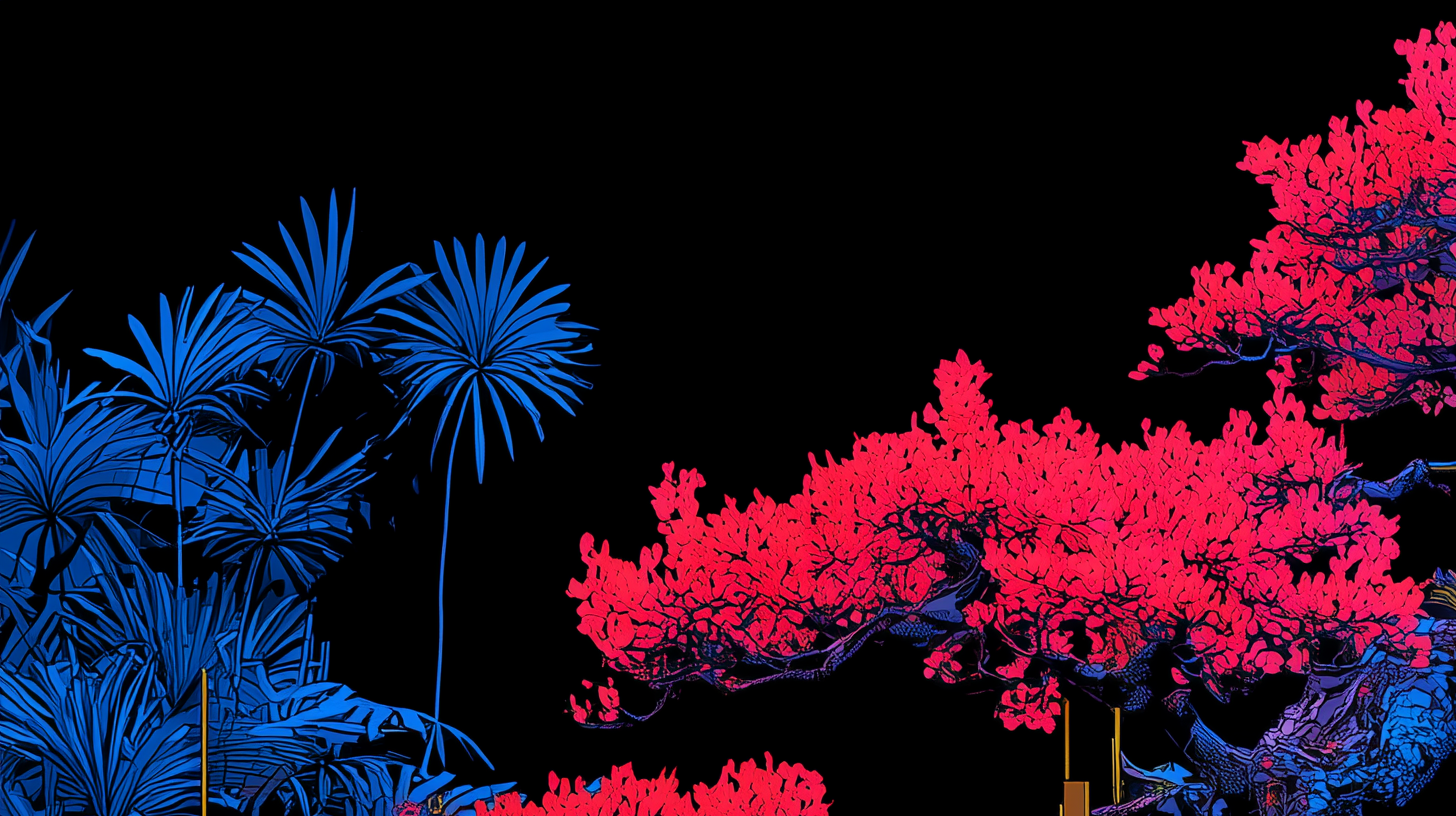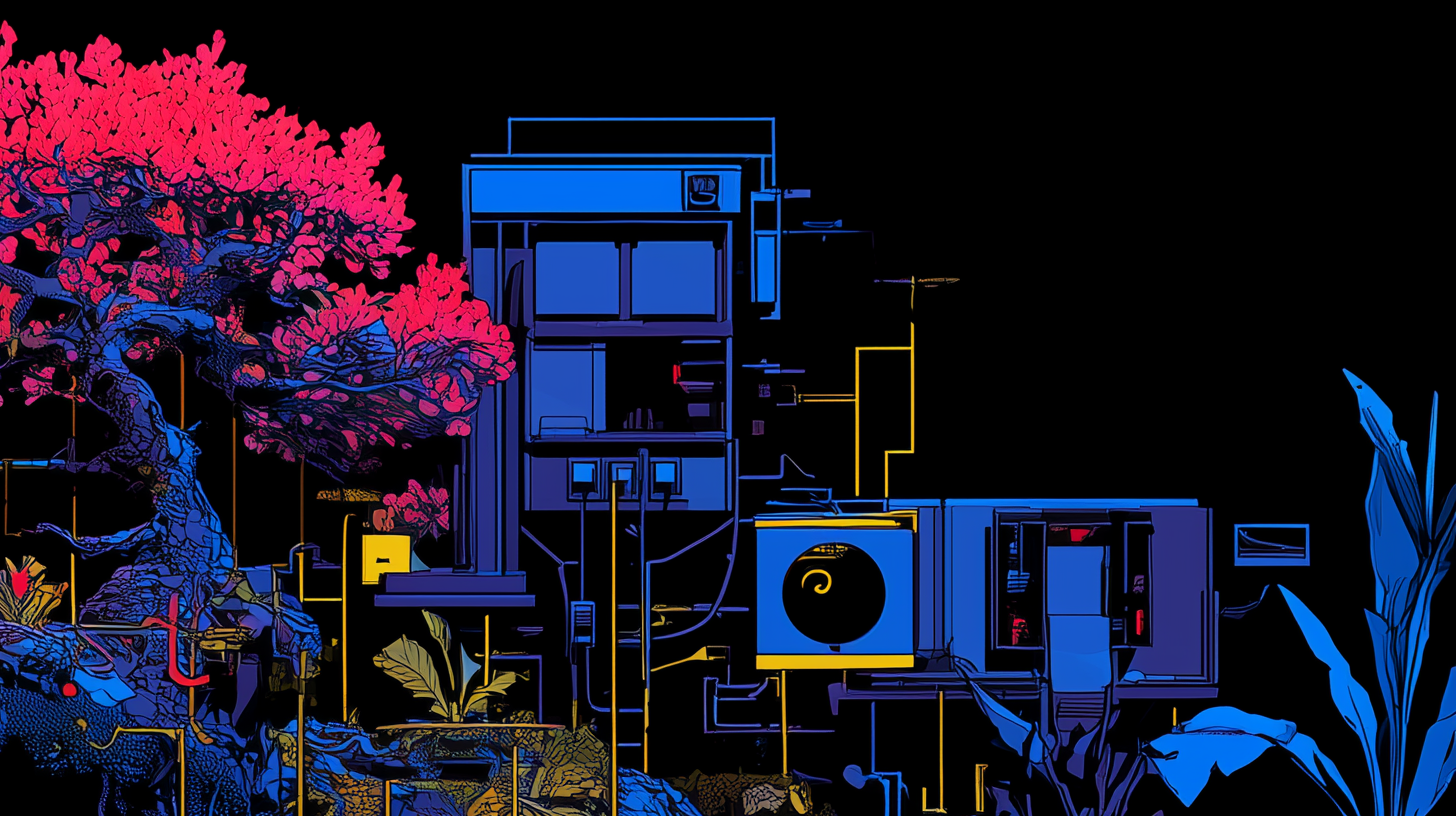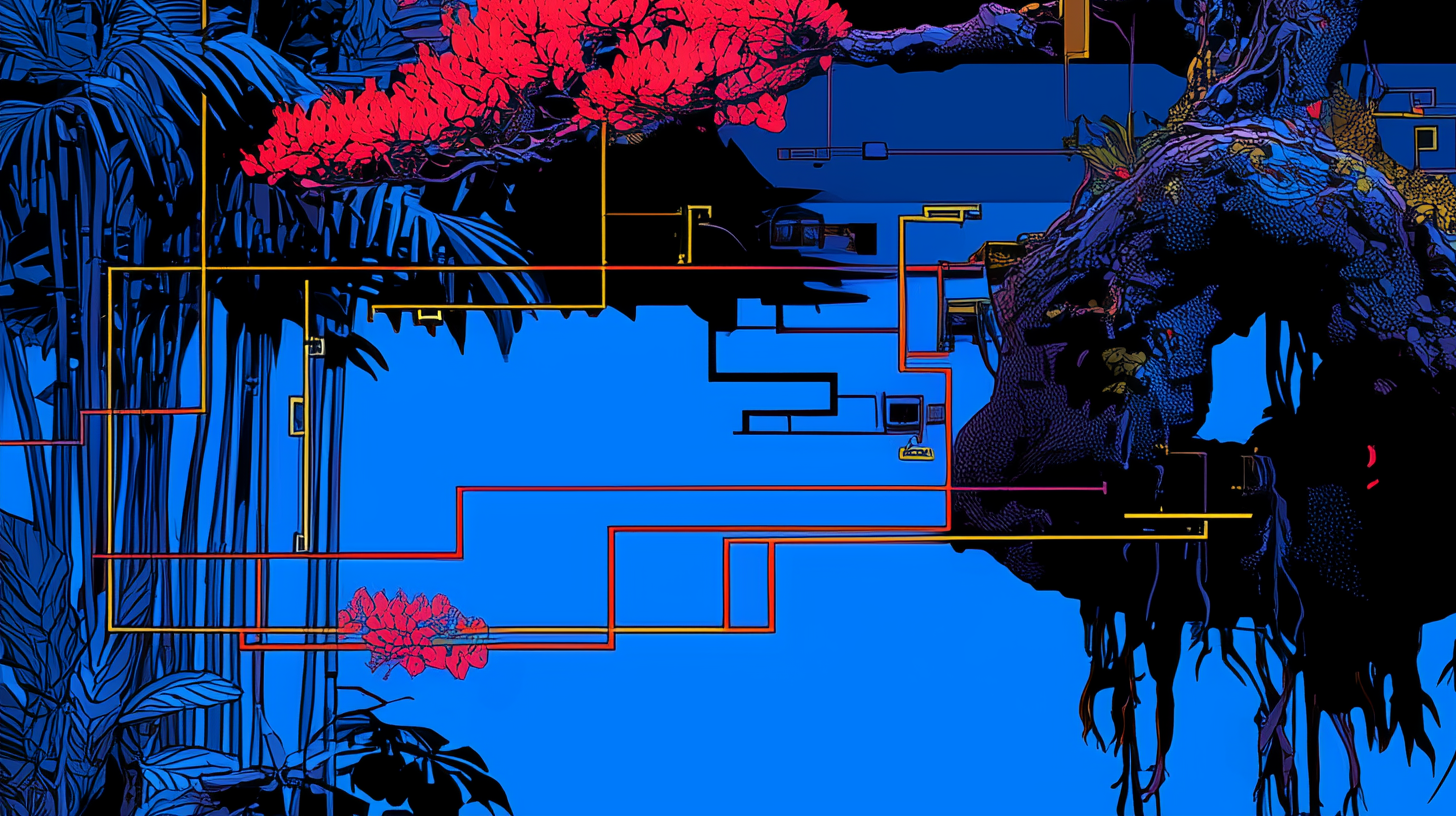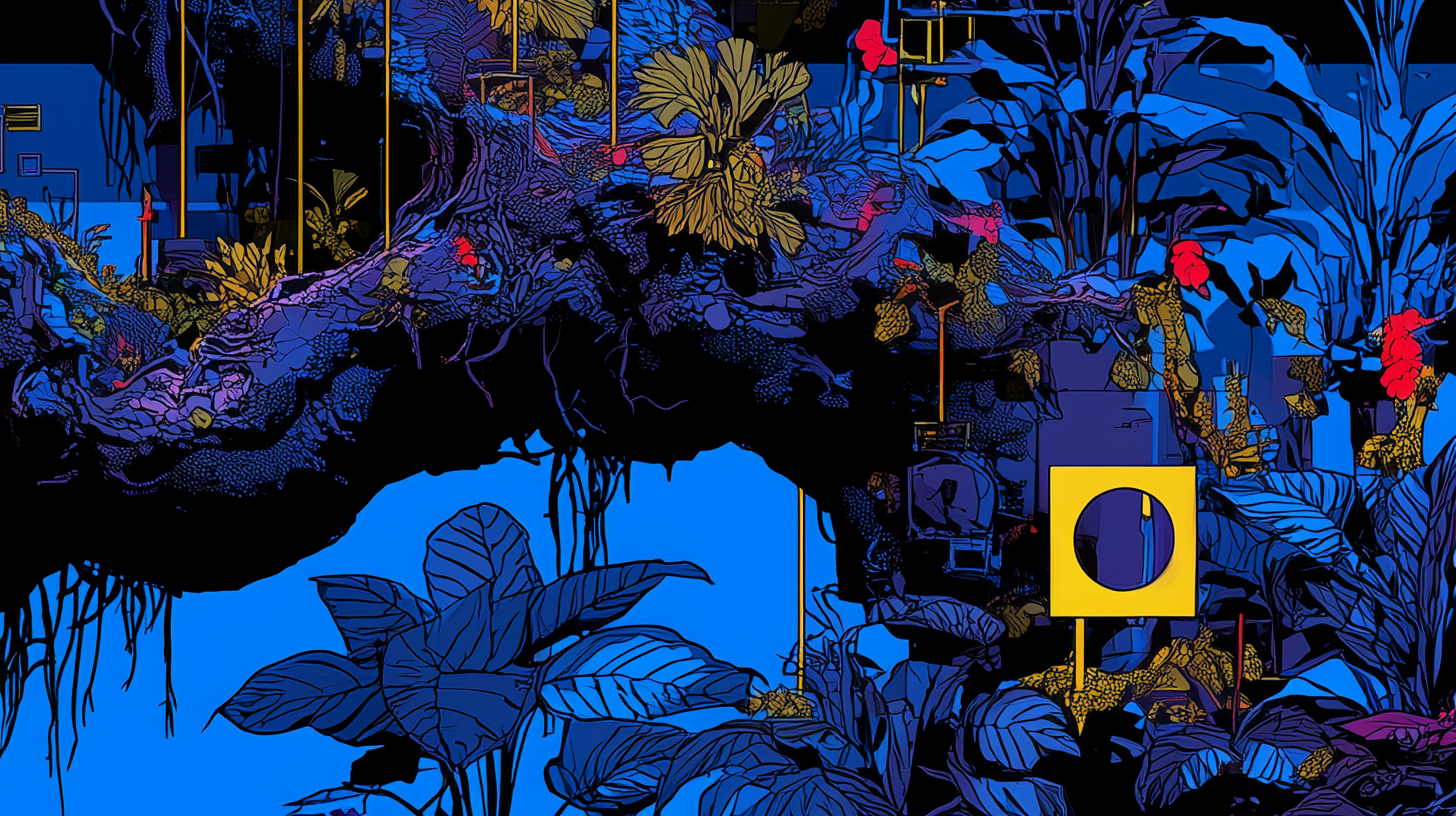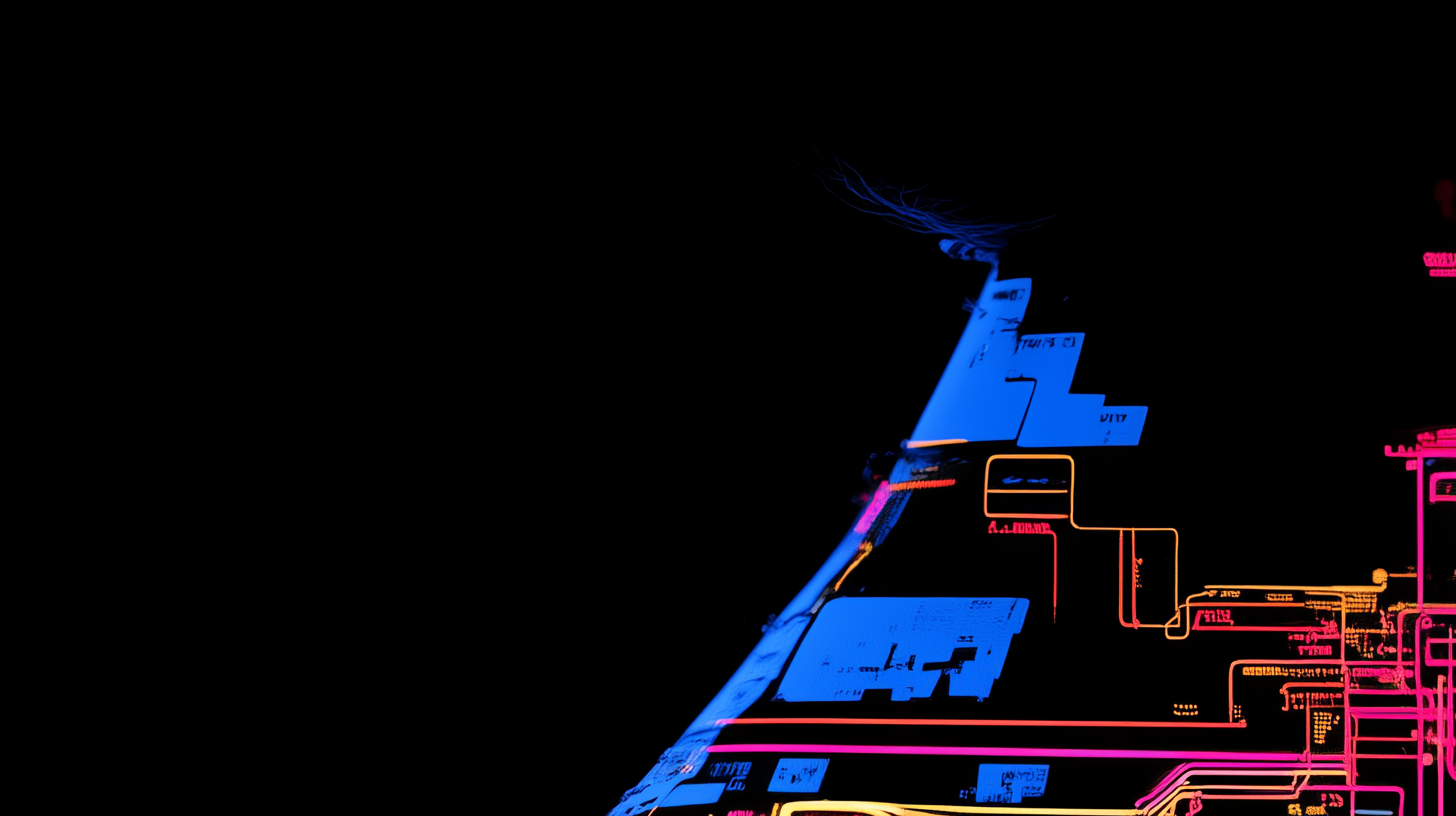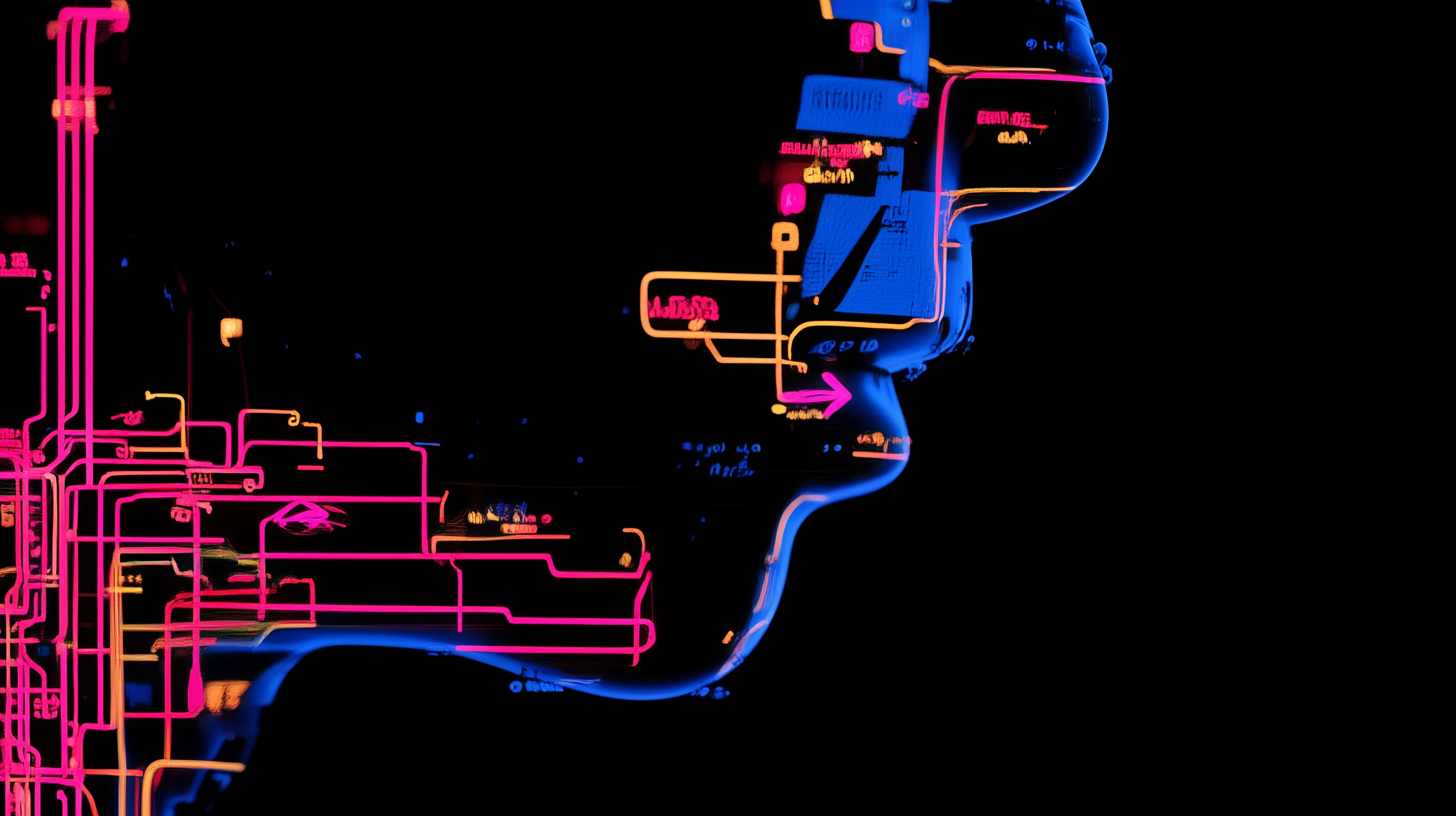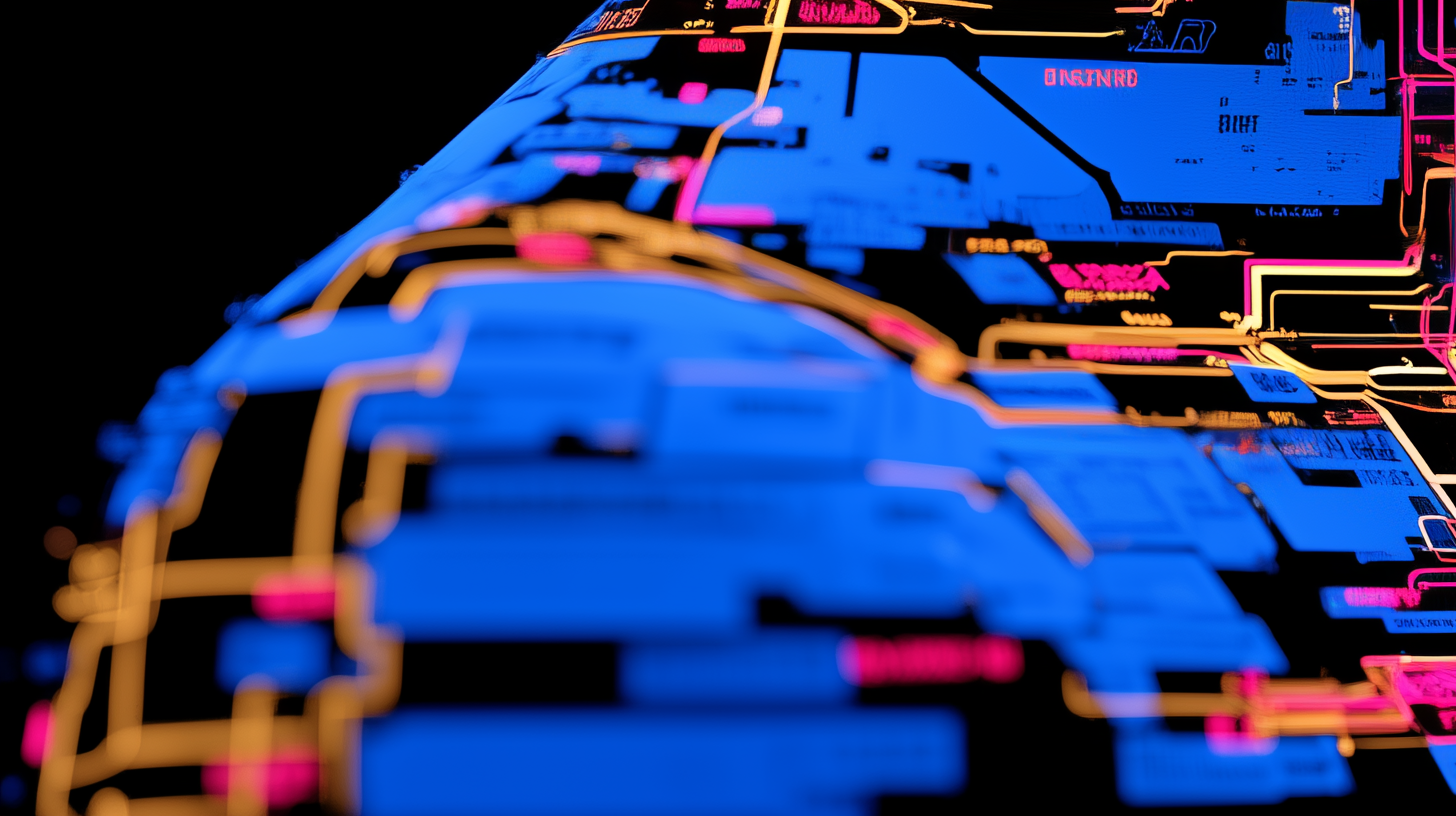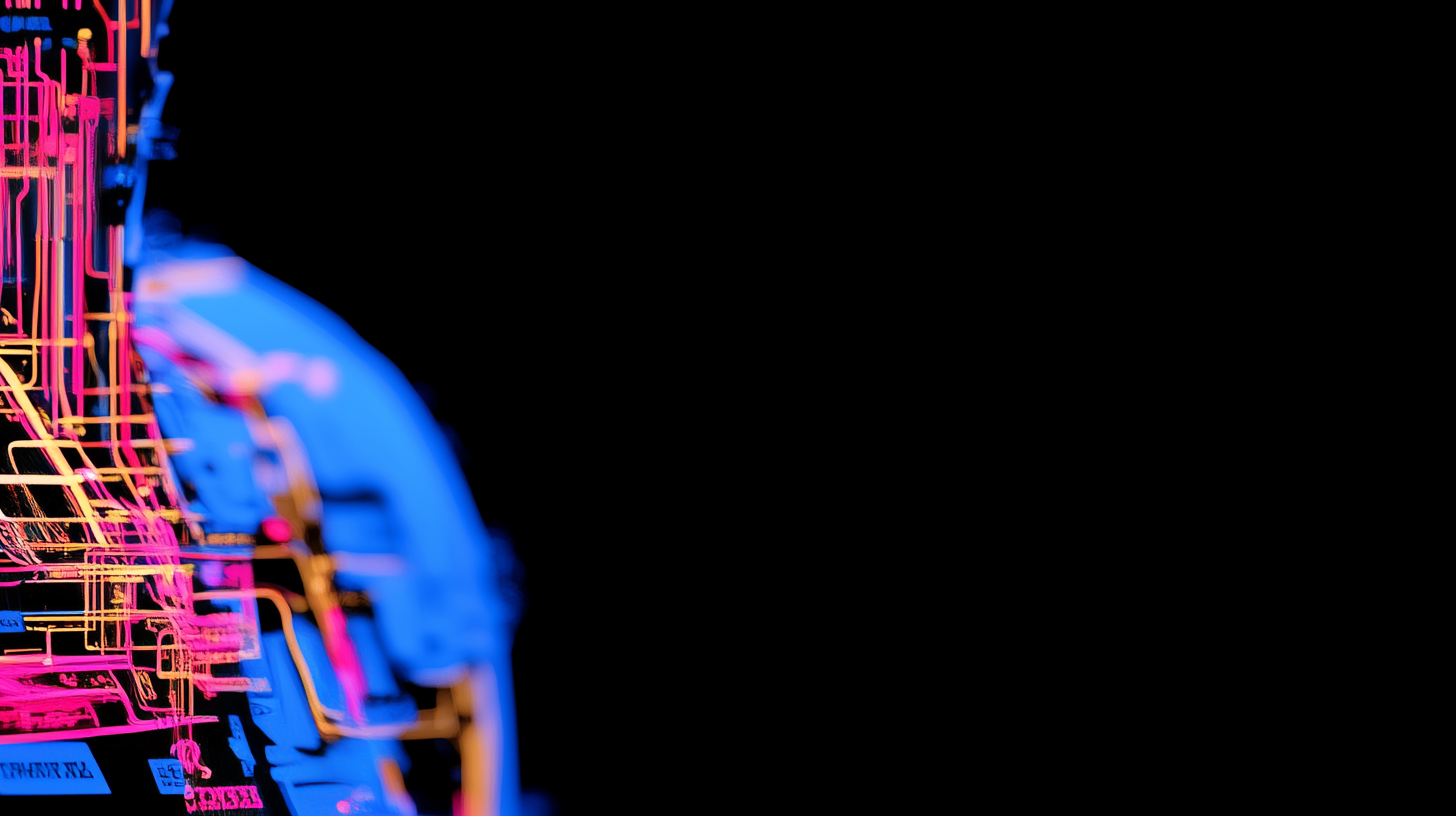00Book
Overview
Wireframe Visions is a practical playbook for borrowing the lens of a designer to deconstruct the noise of life and redesign it with intention. Built from over a decade of experience in the trenches of web and software design, this book unpacks a set of battle tested principles for anyone.
It’s a toolkit for viewing everything. You'll learn how to see the world as a wireframe, balance the comfort of stability with the innovative spark of chaos, and prune the non-essential to create space for deep, focused work. It’s a guide to filtering signal from noise, reclaiming focus, and building a life that is not just productive, but masterfully designed.
01 Everything’s a Wireframe
02 Design Synergy
03 The Balance Engine
04 Simplify Everything
05 The Focus Engine
06 The Ecology of Creativity
07 The Busy Badge
08 Avoid, Outsource, Automate
09 Signal and the Noise
10 Experiments
11 High Tech, Low Life
12 Everything’s a Brand
13 The Human Edge
14 Heart & Silicon
15 Human OS
01Everything’s a Wireframe
This book starts with a single, powerful shift in perception: learning to see the world as a designer does. This chapter introduces the core concept of the "wireframe"—the underlying blueprint or skeleton that holds every complex system together.
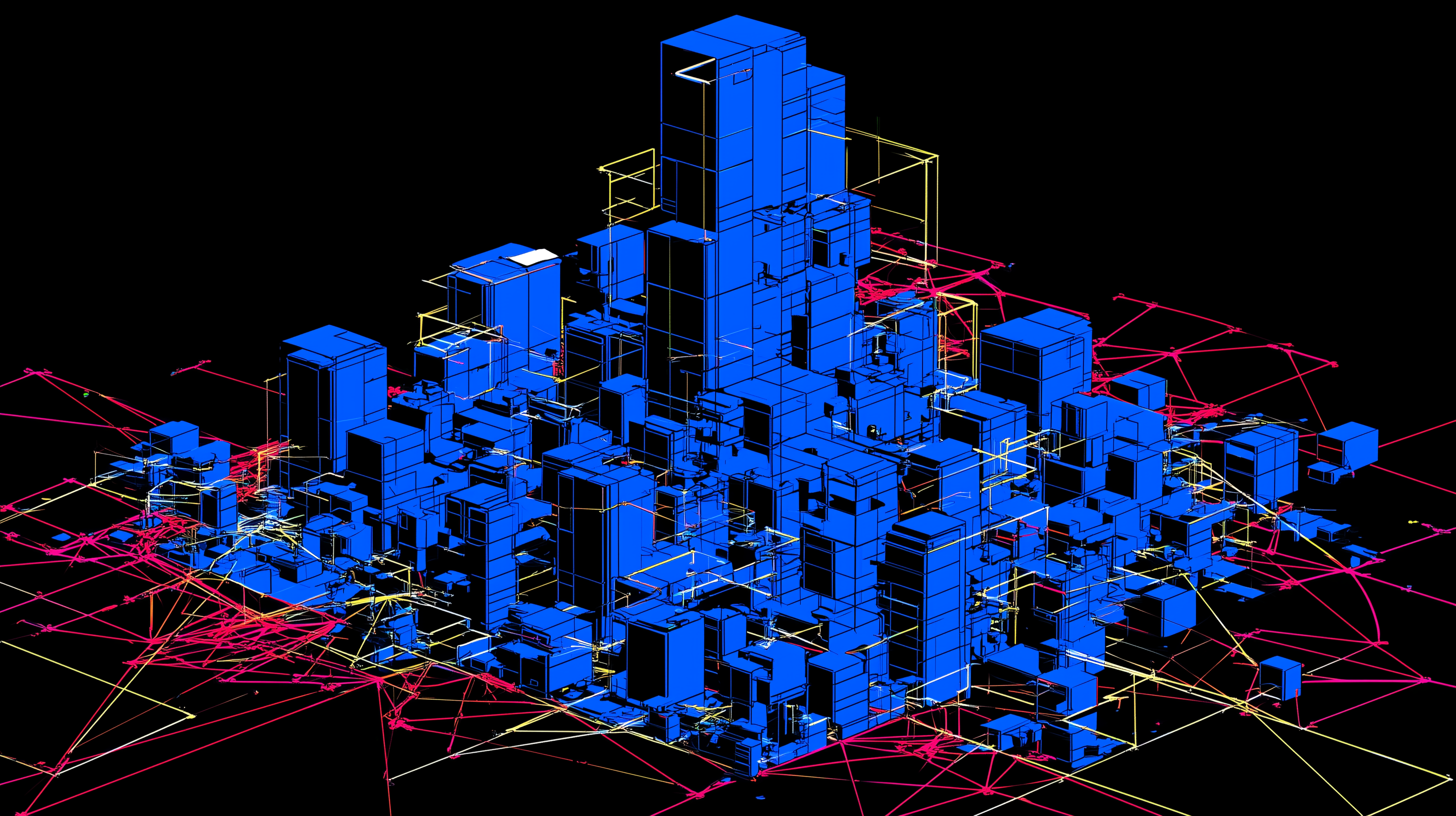
We'll move beyond the surface-level noise of daily life to deconstruct everything from your schedule and your finances to a chaotic city street into its most essential, manageable parts. It’s not just a thought experiment; it’s a practical tool for gaining clarity in a world of overwhelming complexity. Think of it as a form of visual first principles.
Once you learn to see the foundational structure of any problem, you gain the power to start redesigning it. But seeing the individual parts is only the first step.
02 Design Synergy
Once you can deconstruct the world into its atomic parts, the next step is to understand how to put them back together in a way that creates something more powerful. This chapter is about synergy: the magic that happens when individual components don't just coexist, but amplify each other.
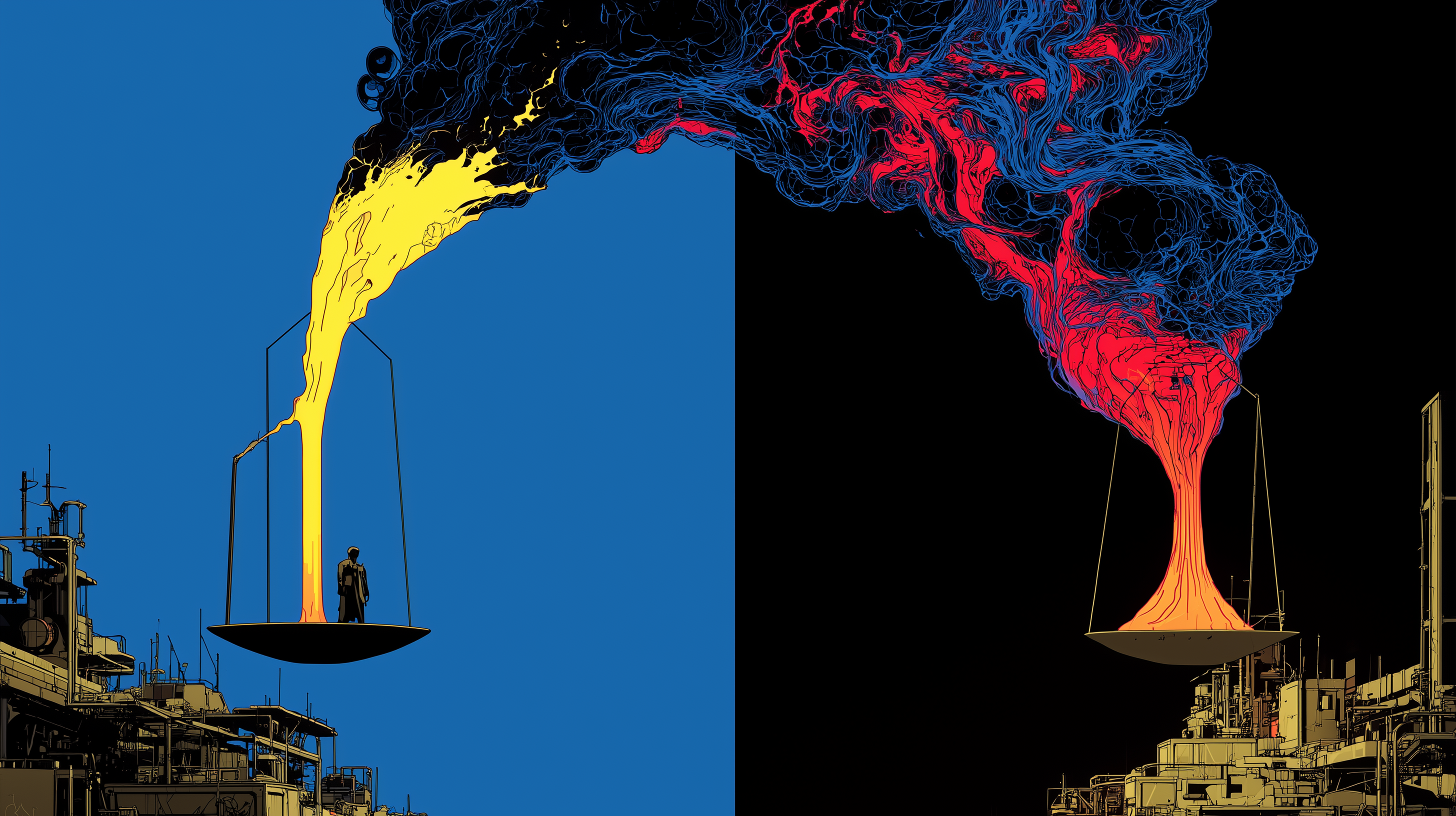
Using principles from atomic design, nature, and high-performance teams, we'll explore how to move from a simple collection of parts to a cohesive, flowing system. A great design isn't just about having good elements; it's about the harmony between them.
This is the playbook for turning a list of features into an intuitive experience, a pile of habits into a life of momentum, and a group of individuals into an unstoppable team.
03 The Balance Engine
Even the most synergistic systems exist in a state of constant tension between two opposing forces: the safety of comfort and the disruptive energy of chaos. Lean too far into comfort, and you stagnate. Embrace too much chaos, and you burn out.
This chapter deconstructs this fundamental dynamic, showing how the sweet spot for all meaningful growth, creativity, and resilience is found in a state of "productive discomfort." Drawing parallels from forest ecosystems to the psychology of peak performance, you'll learn how to use comfort as a stable foundation to take calculated, chaotic risks.
It’s not a battle to be won, but a rhythm to be ridden, and mastering this balance is the key to evolving without collapsing.
Primary Lockup
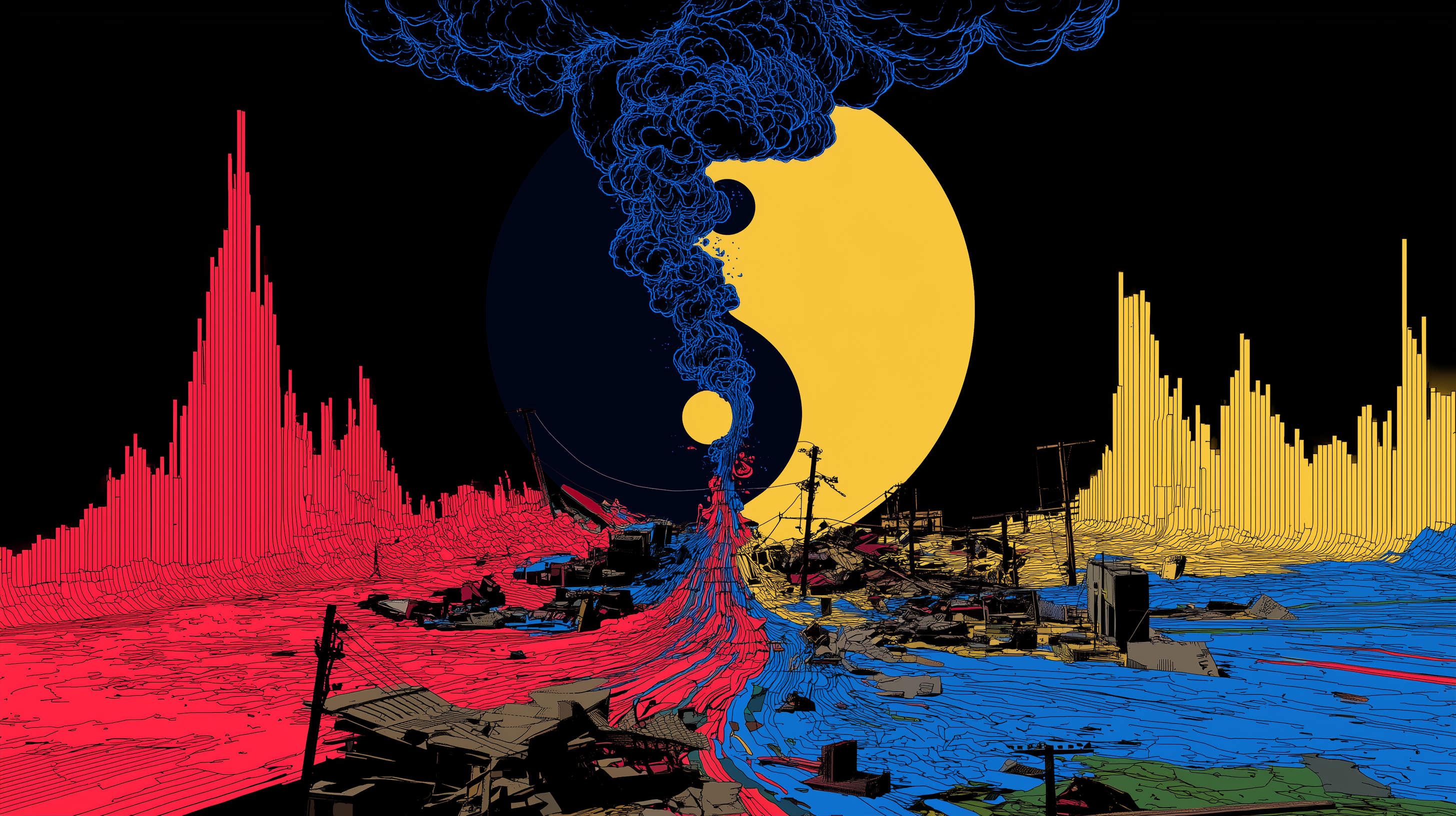
04
Simplify
Everything
The most powerful tool for managing the rhythm between comfort and chaos is ruthless simplification. Our modern world is a cult of complexity, a constant barrage of features, notifications, and obligations that clutter our lives and scatter our focus.
This chapter makes the case that simplicity isn't laziness; it's the highest form of sophistication. We’ll apply the designer's razor to every part of your life, from your digital toolkit and your daily schedule to your personal finances and your professional commitments.
You'll learn how to prune the non-essential, not for the sake of deprivation, but to create the necessary white space for the truly important things to thrive. It’s the art of distillation, leaving you with a leaner, more elegant, and more powerful system for living.
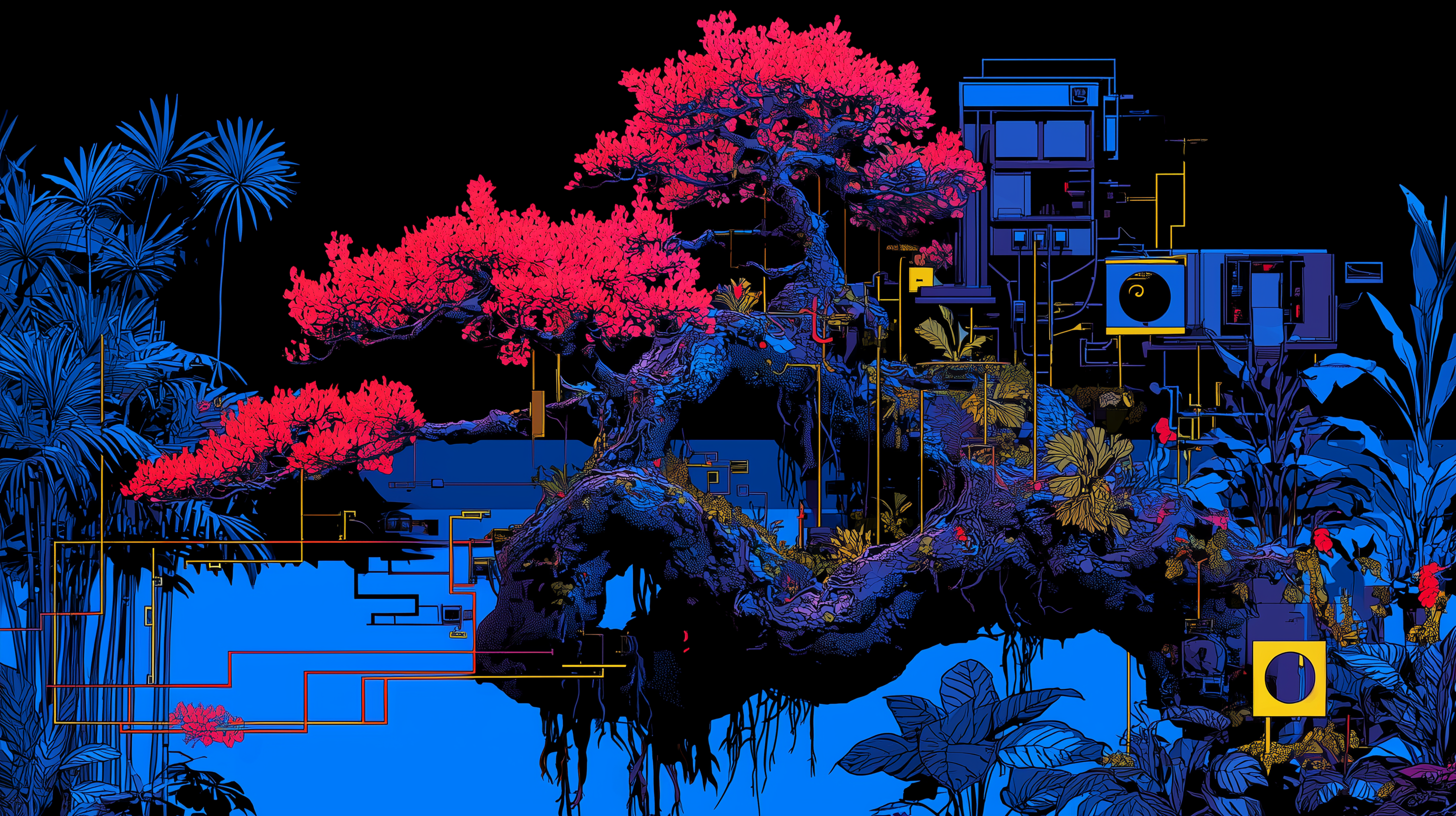
05
The Focus
Engine
Once you've simplified and created that precious white space, the critical question becomes: how do you protect it? This chapter is about building your Focus Engine. In a world engineered for distraction, focus is a superpower that must be cultivated and defended. We'll deconstruct the myth of multitasking and dive into the psychology of deep work.
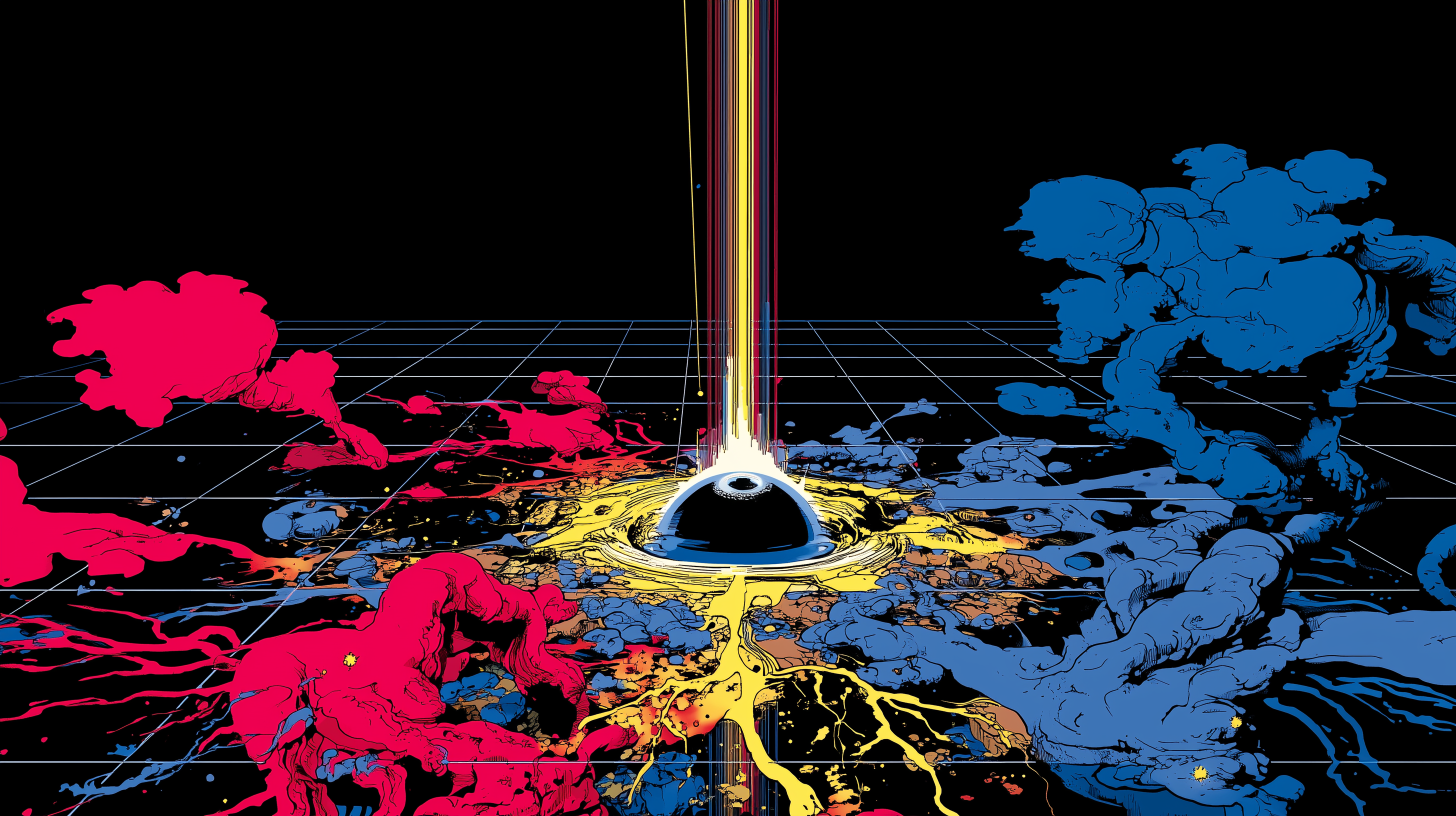
More importantly, we’ll tackle the great thief of focus: comparison. This chapter provides a tactical guide for escaping the social media trap of benchmarking your messy, behind-the-scenes process against everyone else's polished highlight reel.
You’ll learn how to build an internal scoreboard and turn your attention into a powerful engine for making real, sustained progress on your own unique path.
06The Ecology
of Creativity
Your ability to focus is not just a battle fought inside your head; it’s a direct product of the world around you. This chapter expands the lens to show you how to become the architect of your own environment.
We'll deconstruct the three interconnected "ecologies" that shape your life: the physical (your workspace, your home), the digital (your information diet, your notifications), and the social (the people you surround yourself with).
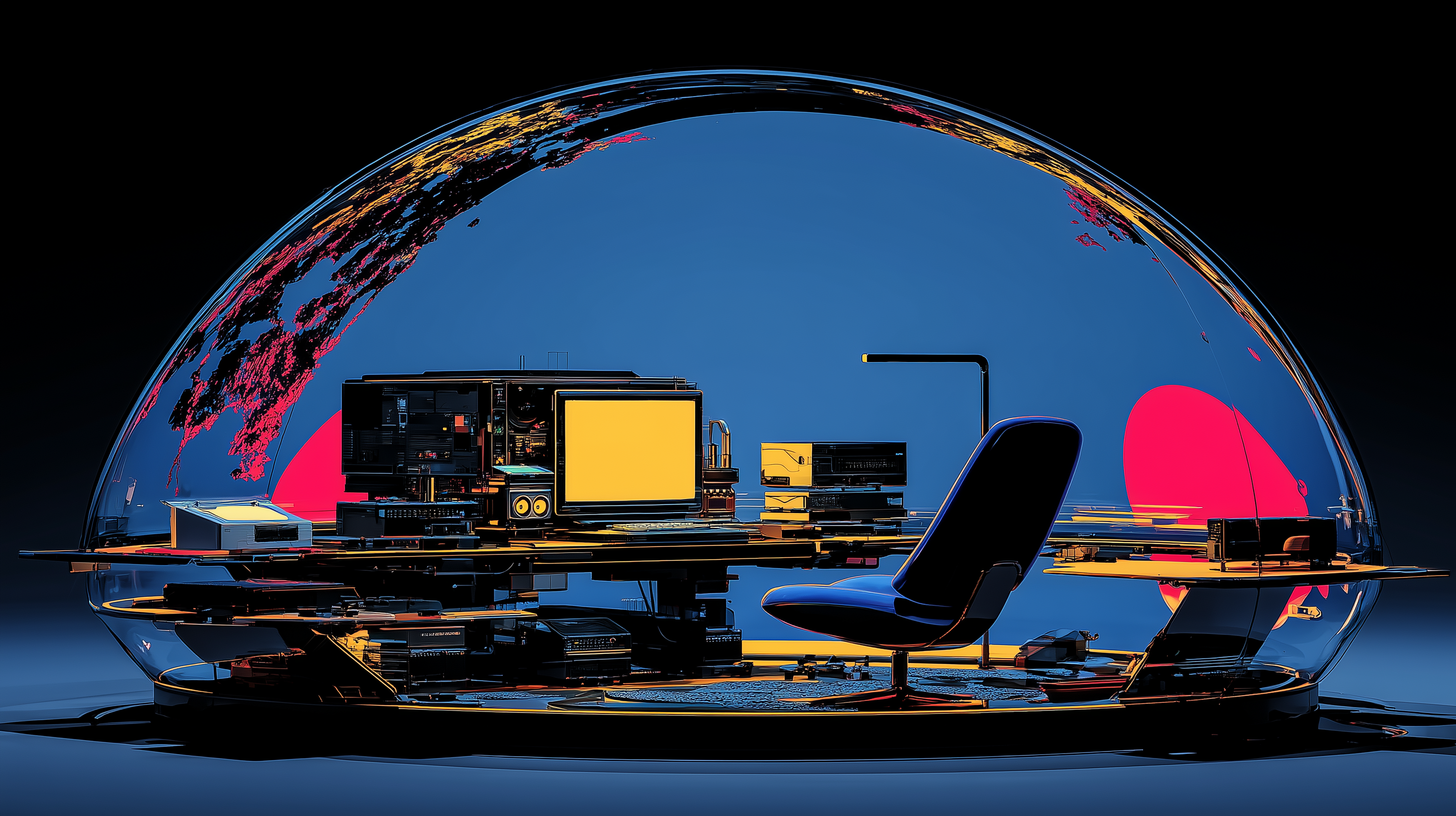
You'll learn practical, design-driven strategies for reducing friction for your good habits and increasing it for your bad ones. Instead of relying on the finite resource of willpower to fight a poorly designed environment, you’ll learn how to build an ecology that automatically supports your goals and protects your creative flow.
07
The BusyBadge
Even with a perfectly designed environment, you can still fall into a modern trap: the glorification of busyness. We wear our packed calendars and overflowing inboxes like a Busy Badge, a symbol of our importance.
This chapter deconstructs that dangerous myth and reveals the simple truth: Busyness = No Control. It's the illusion of productivity, a state of frantic reactivity that drains your energy and achieves nothing of substance.
Drawing on principles from productivity and psychology, we'll reframe busyness as a design flaw in your life's UI. This is the playbook for escaping the "hustle culture" hamster wheel, reclaiming your time from the "urgent but not important," and shifting from a life of scattered motion to one of intentional, focused action.
Primary Lockup
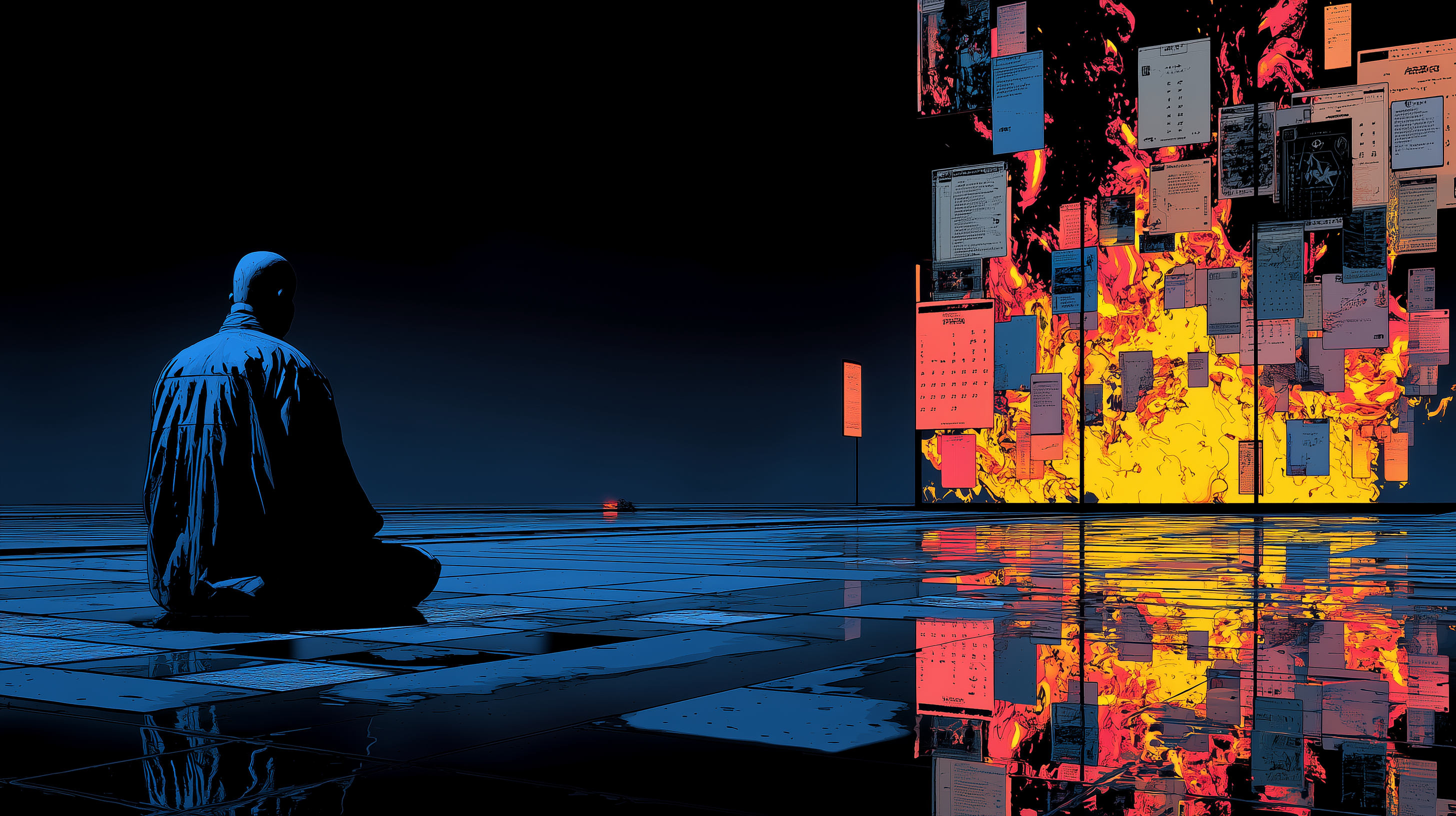
08
Avoid, Outsource,
Automate
The tactical guide to implementing the "less but better" philosophy is a powerful, three-part triage system for every task that lands on your plate.
This chapter provides the playbook for the designer's efficiency triad:
Avoid
Outsource
Automate
First, you'll learn the art of the preemptive prune—how to avoid tasks that don't move the needle.
Next, you'll learn how to strategically outsource work that is not in your zone of genius, leveraging a global pool of talent to free up your time.
Finally, you'll learn how to automate the repetitive, mundane tasks in your life, building an army of digital robots that work for you in the background.
This system is a freedom flywheel, designed to systematically eliminate drudgery and maximize your time for deep, creative, and uniquely human work.
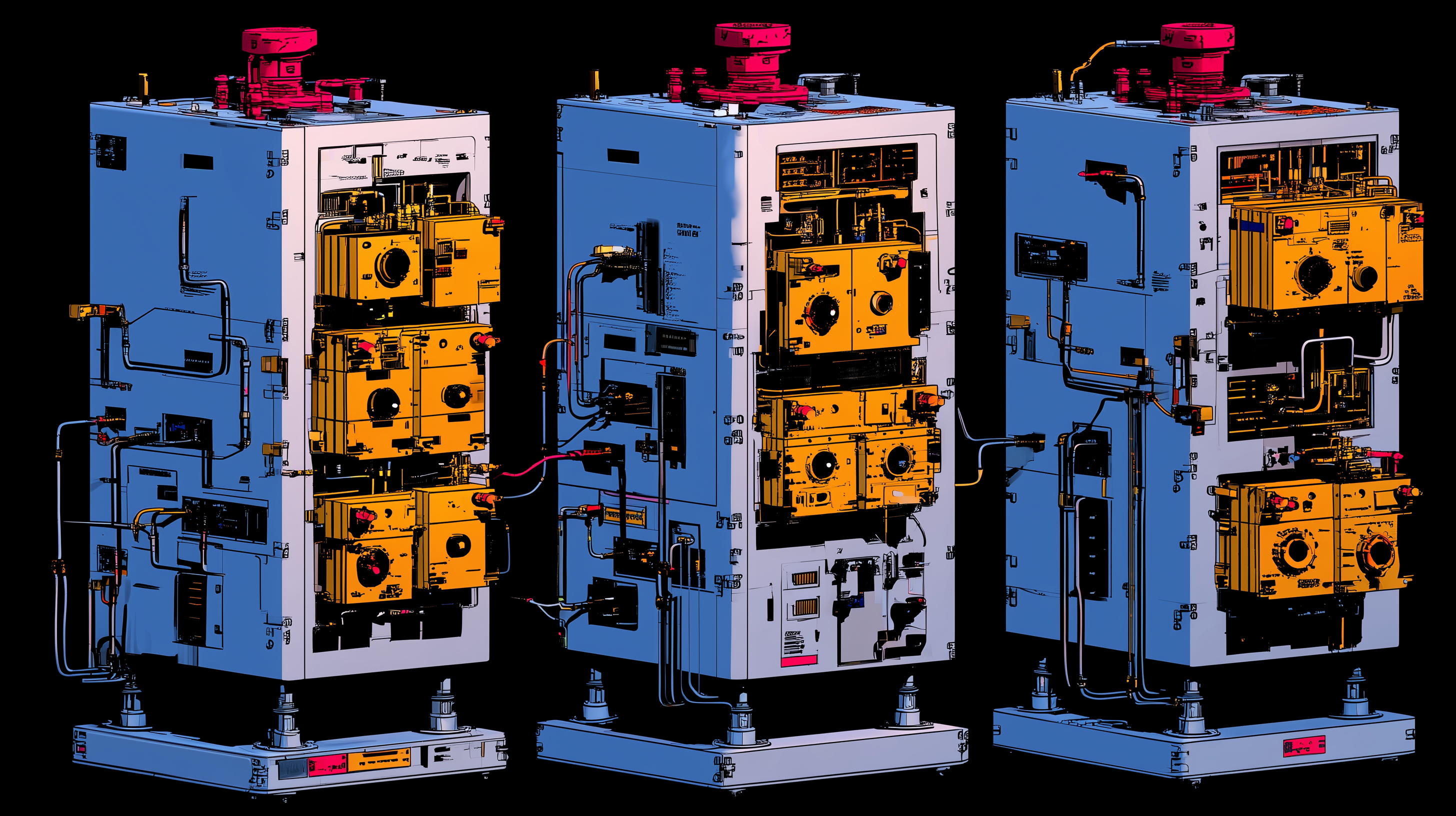
09
Navigating
Feedback
Once you start putting your work and your ideas out into the world, you have to deal with the world’s response. Feedback is the lifeblood of growth, but it can also be a chaotic storm of opinions that can shatter your confidence if mishandled. This chapter provides a designer's survival guide for navigating criticism and praise.
You'll learn how to deconstruct feedback into a simple four-quadrant grid, helping you distinguish the valuable "bitter medicine" from the dangerous "ego candy" and the useless noise.
We'll cover the psychological traps that make us defensive, the frameworks for soliciting better input, and the emotional resilience required to turn every critique into a catalyst for iteration and mastery.
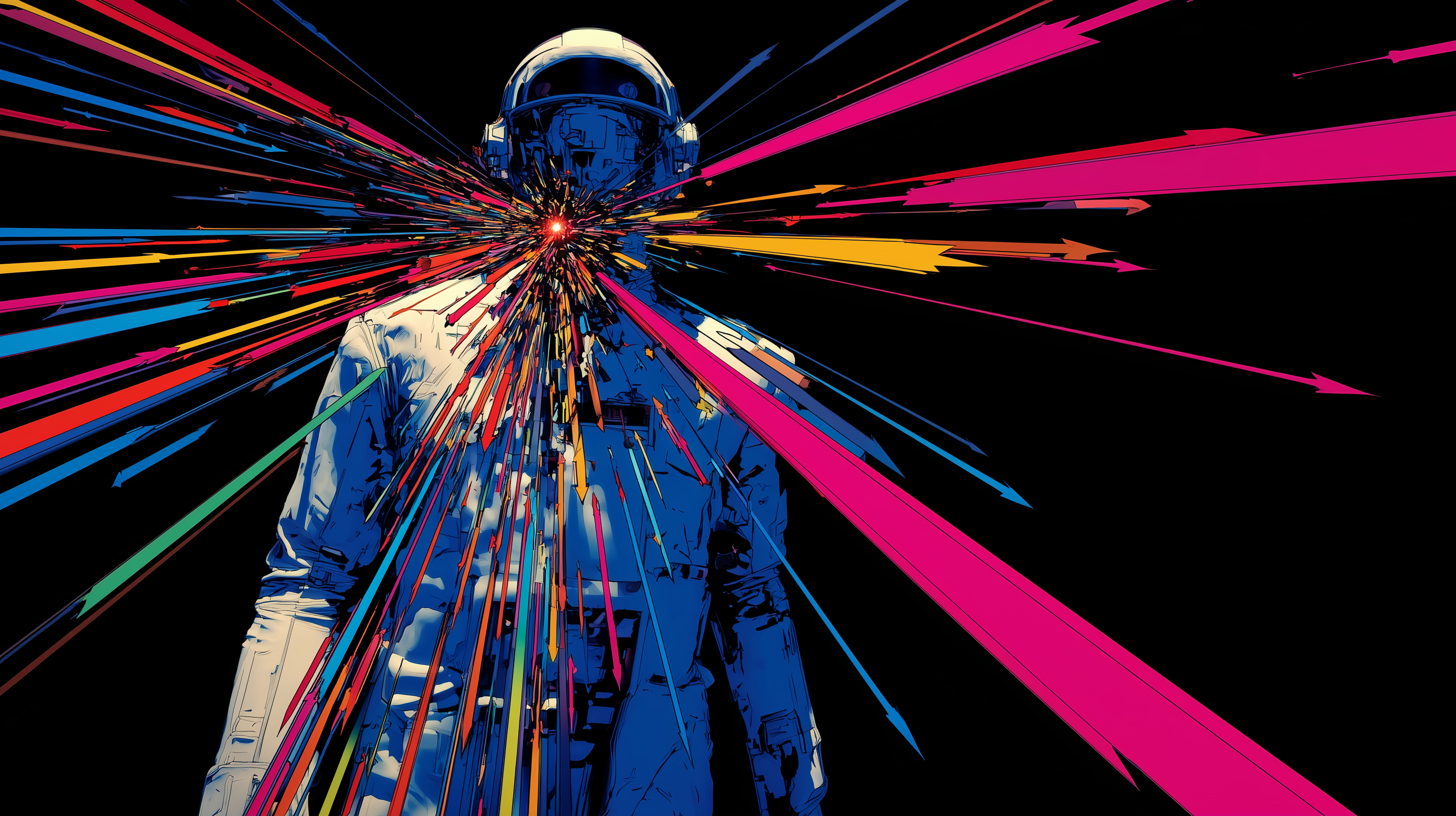
10
Experiments
Stagnation is the enemy. The most powerful antidote is the experiment. This chapter is about embracing a proactive, playful, and often chaotic approach to growth. We'll deconstruct the fear of failure and reframe it as an essential part of the data-gathering process.

You'll see how to apply a simplified scientific method to your own life. Treating your habits, your career choices, and your creative projects as hypotheses to be tested.
This is a playbook for the personal scientist, a guide to running low-stakes trials that can lead to high-impact breakthroughs. It's about giving yourself permission to create garbage, to fail fast, and to trust in the iterative process of discovery that turns messy attempts into masterful outcomes.
11
High Tech,
Low Life
This chapter is a deep dive into the cyberpunk ethos as a practical blueprint for modern living. High Tech, Low Life is a mindset for leveraging cutting-edge, often open-source tools to build a life of minimalist independence and resilience. It's about being a tinkerer, not just a consumer.
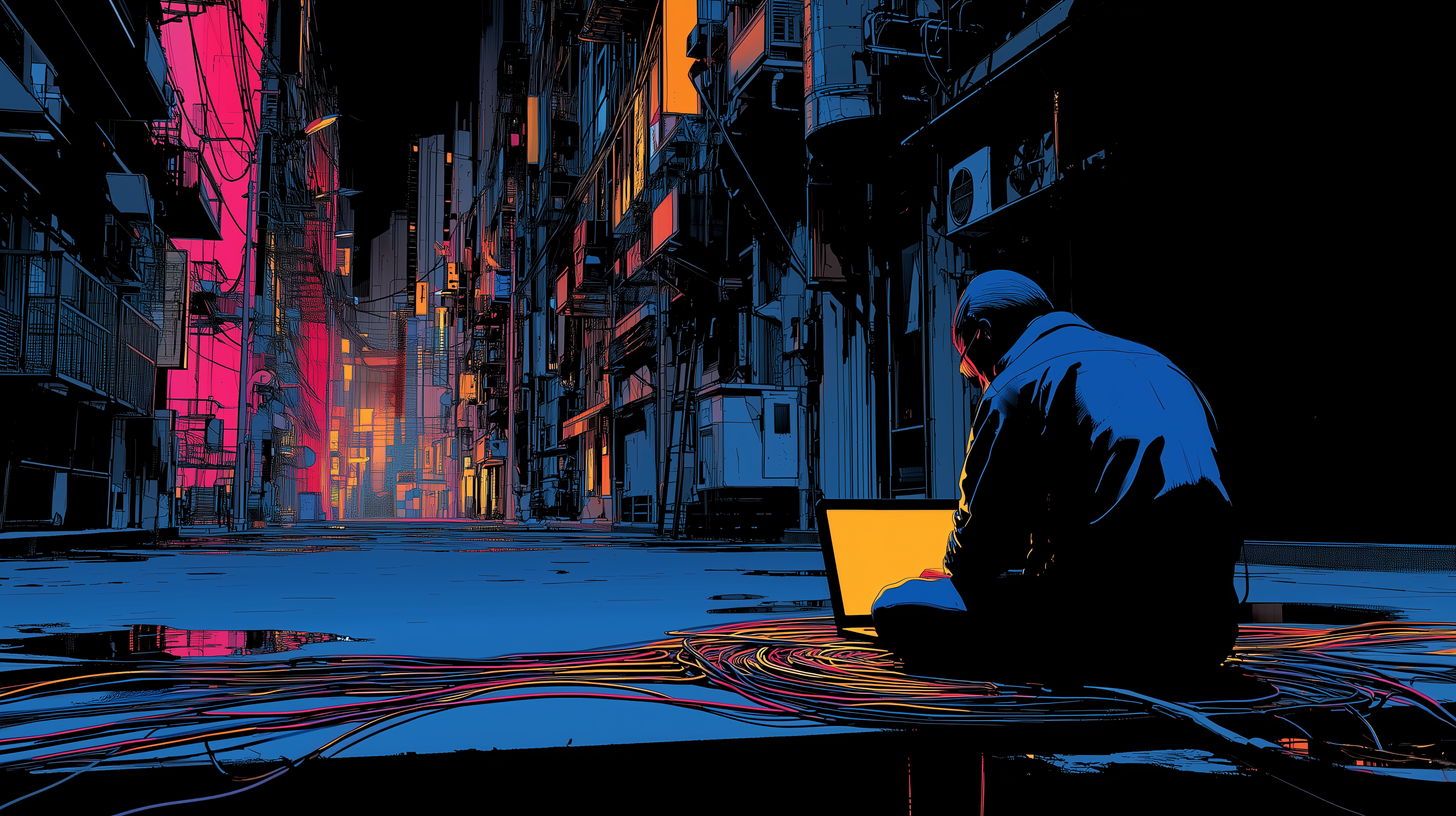
You’ll see the hacker ethos, the radical act of protecting your privacy in an age of surveillance, and the art of building a powerful, lean tech stack that you own and control. This is a guide to becoming a modern day digital survivalist.
Using the power of high technology to achieve a life of low overhead, minimal dependencies, and maximum freedom from the proprietary "walled gardens" that seek to trap you.
12
Everything’s
a Brand
Whether you manage it intentionally or not, you are a brand. Every interaction, every post, every piece of work you put out is a signal that combines to form a cohesive (or chaotic) narrative about who you are.
This chapter shifts the focus from your internal systems to your external perception. We'll deconstruct the concept of a brand not as a corporate logo, but as a wireframe of identity. The sum of all touchpoints that communicates your value and your story.
You'll conduct an audit of your own personal brand, define your core attributes, and design your presence with the same intention a designer brings to a product. This isn't about being fake; it’s about clarity, ensuring the signal you send to the world is an authentic reflection of your best self.
Gradient Palette
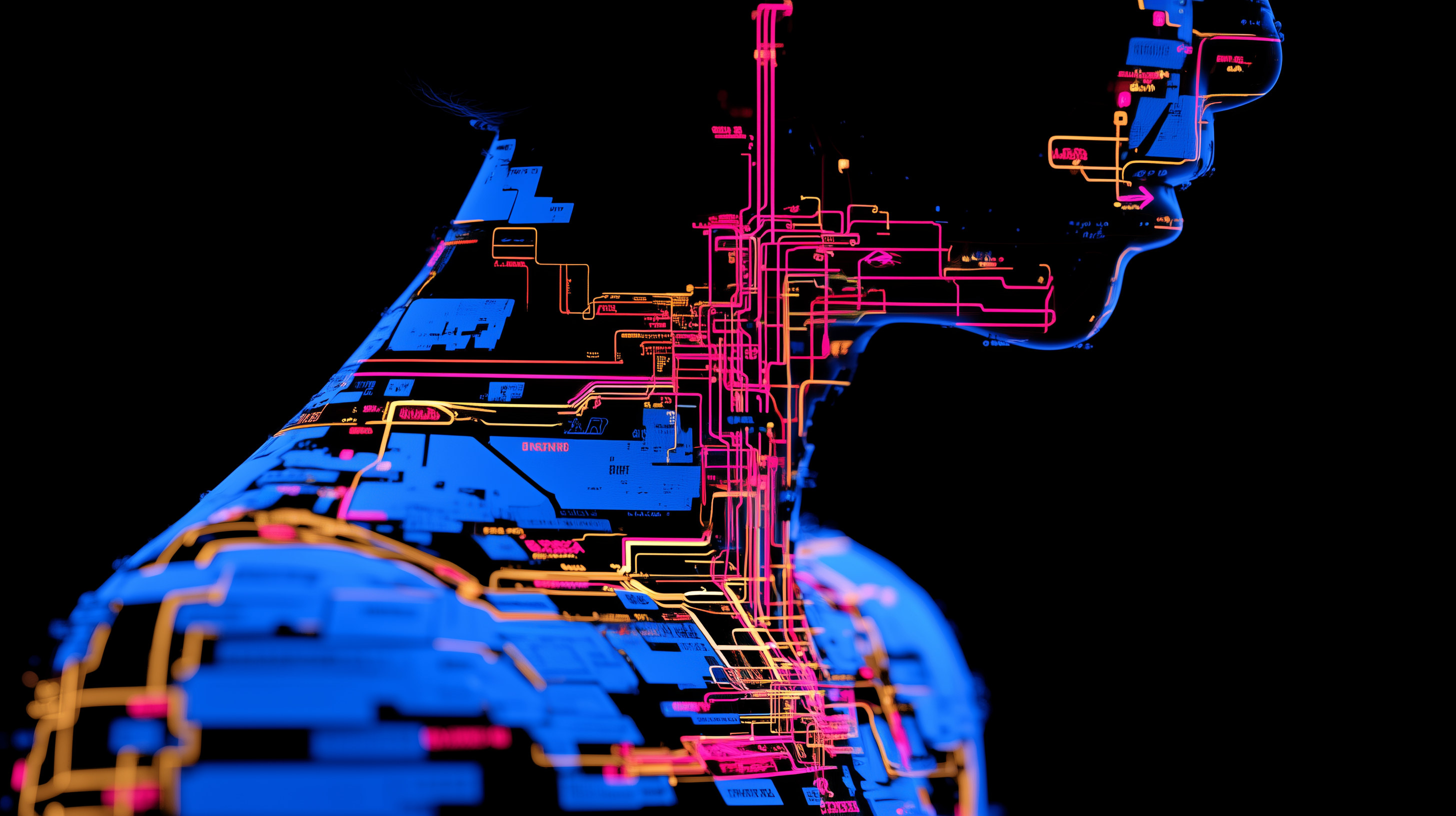
13The Human
Edge
As automation and AI consume more of the logical, predictable tasks that once defined knowledge work, our value as humans is undergoing a massive shift. This chapter is a look toward that future, a guide to identifying and cultivating your irreplaceable human strengths.
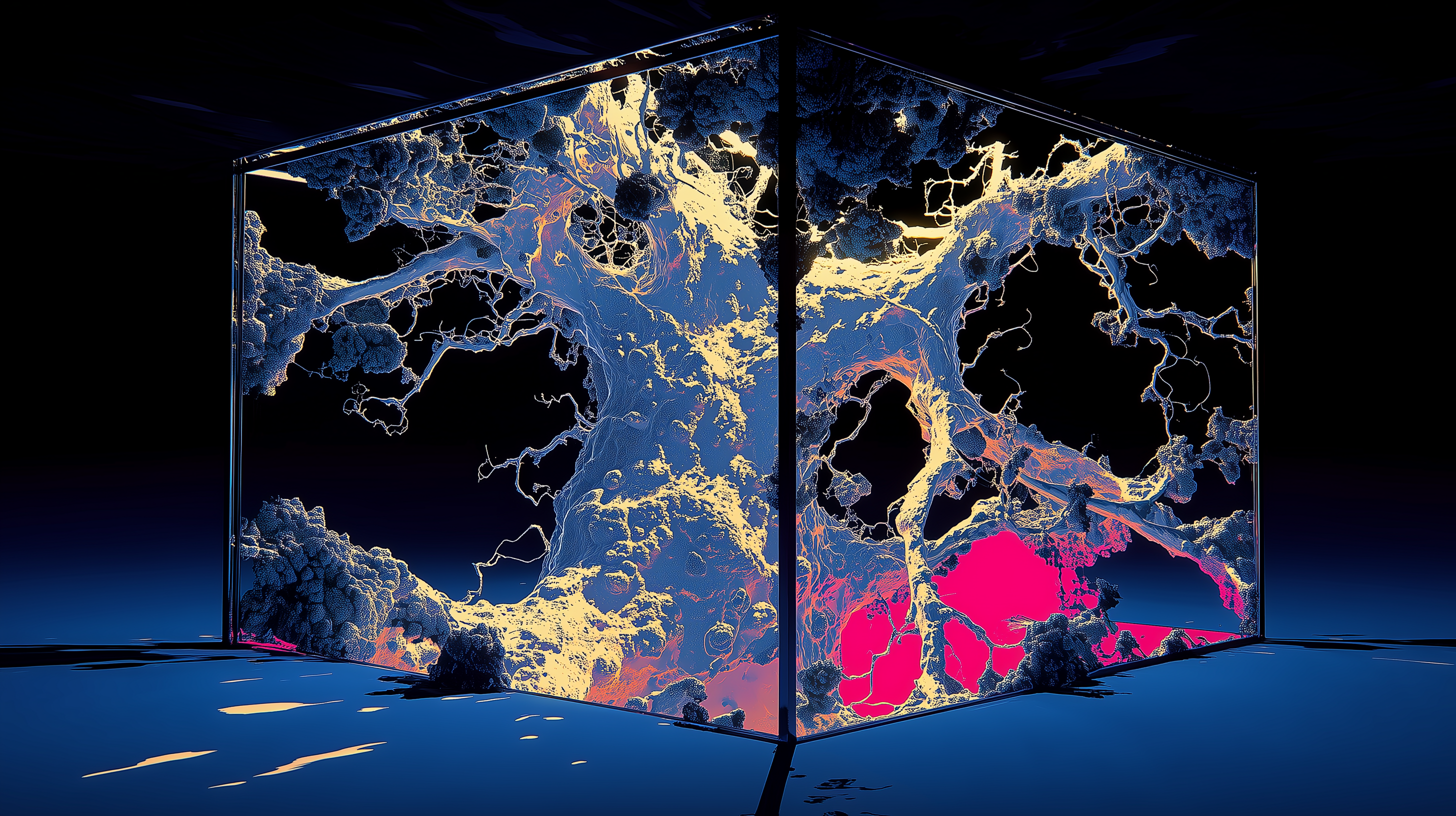
We'll deconstruct which skills are on the chopping block and which are becoming exponentially more valuable: deep empathy, creative synthesis, moral judgment, and the ability to navigate ambiguity.
This is not a fearful look at job loss; it's an empowering playbook for future-proofing yourself. You'll learn how to collaborate with AI as a powerful tool, using it to handle the rote work while you double down on the messy, chaotic, and beautifully human skills that machines can’t replicate (for now).
14
Heart
& Silicon
This chapter is a deep dive into one of our most critical human strengths: the dance between our fluid emotional adaptability and our rigid tech ability. In a world that prizes logical, scalable systems, our capacity to read a room, pivot on intuition, and navigate the messy, unscripted moments of human interaction is our ultimate superpower.
This isn't a battle of heart versus machine, but a guide to mastering the hybrid. We'll explore the psychology of emotional intelligence, the neurological basis for resilience, and the practical ways you can train your adaptability.
Using tech as a powerful scaffold without letting it dull your human intuition, mastering the blend that makes you both efficient and deeply, effectively human.
Primary Lockup
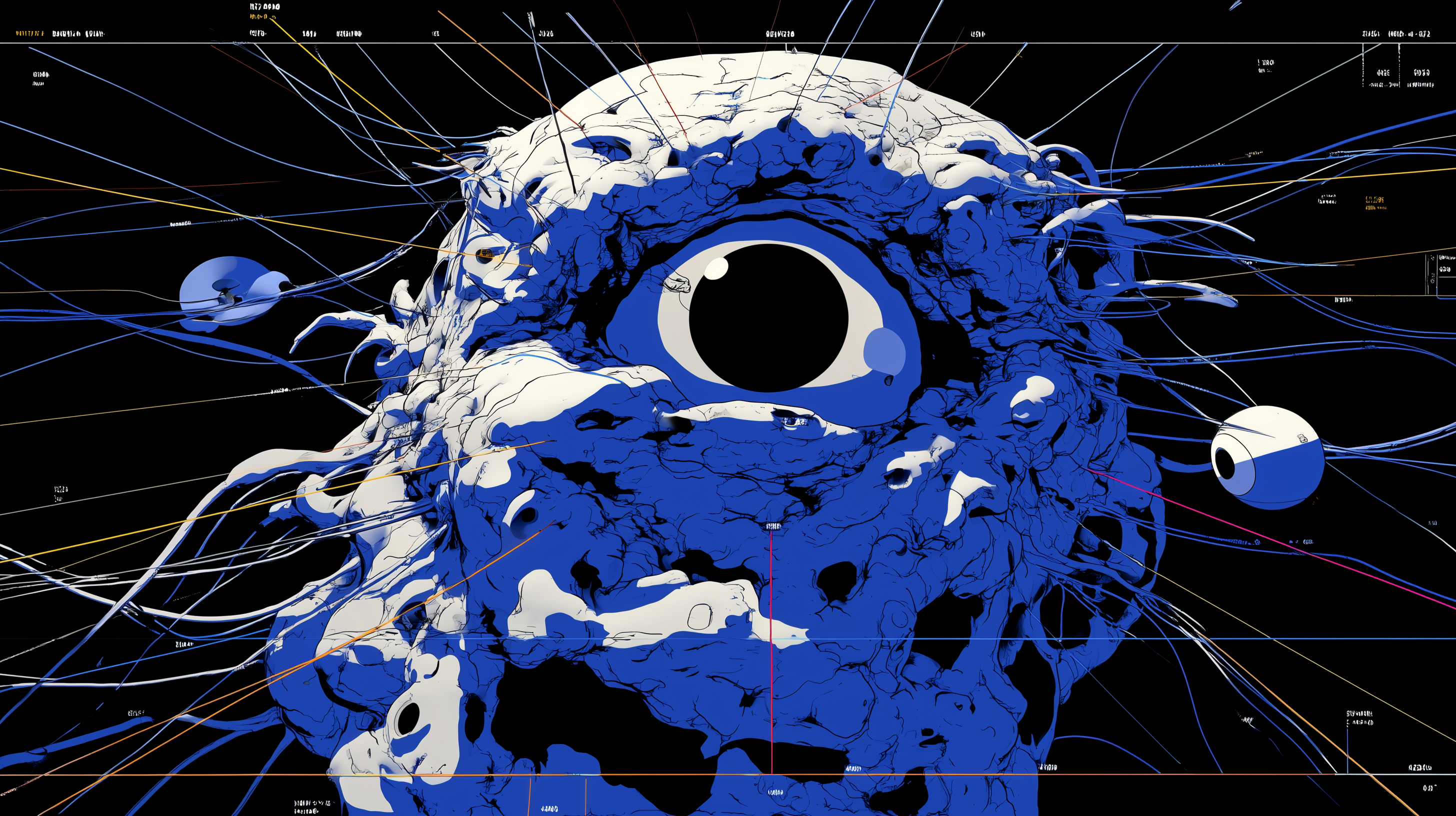
15
Human OS
Every system we design, whether its a business, a website, a daily routine... runs on an even more fundamental platform: you. This final chapter brings all the book's principles home, turning the designer's lens inward to the most important system you will ever manage: your Human OS.
We’ll deconstruct health into its core layers: the physical hardware (sleep, nutrition, movement), the mental backend (focus and stress management), and the emotional frontend (your interface with the world).
This is the user manual for debugging, maintaining, and upgrading your personal operating system. It frames health not as a chore or an afterthought, but as the foundational wireframe, the essential infrastructure that makes every other creative and professional endeavor possible.
We’ll deconstruct health into its core layers: the physical hardware (sleep, nutrition, movement), the mental backend (focus and stress management), and the emotional frontend (your interface with the world).
This is the user manual for debugging, maintaining, and upgrading your personal operating system. It frames health not as a chore or an afterthought, but as the foundational wireframe, the essential infrastructure that makes every other creative and professional endeavor possible.
